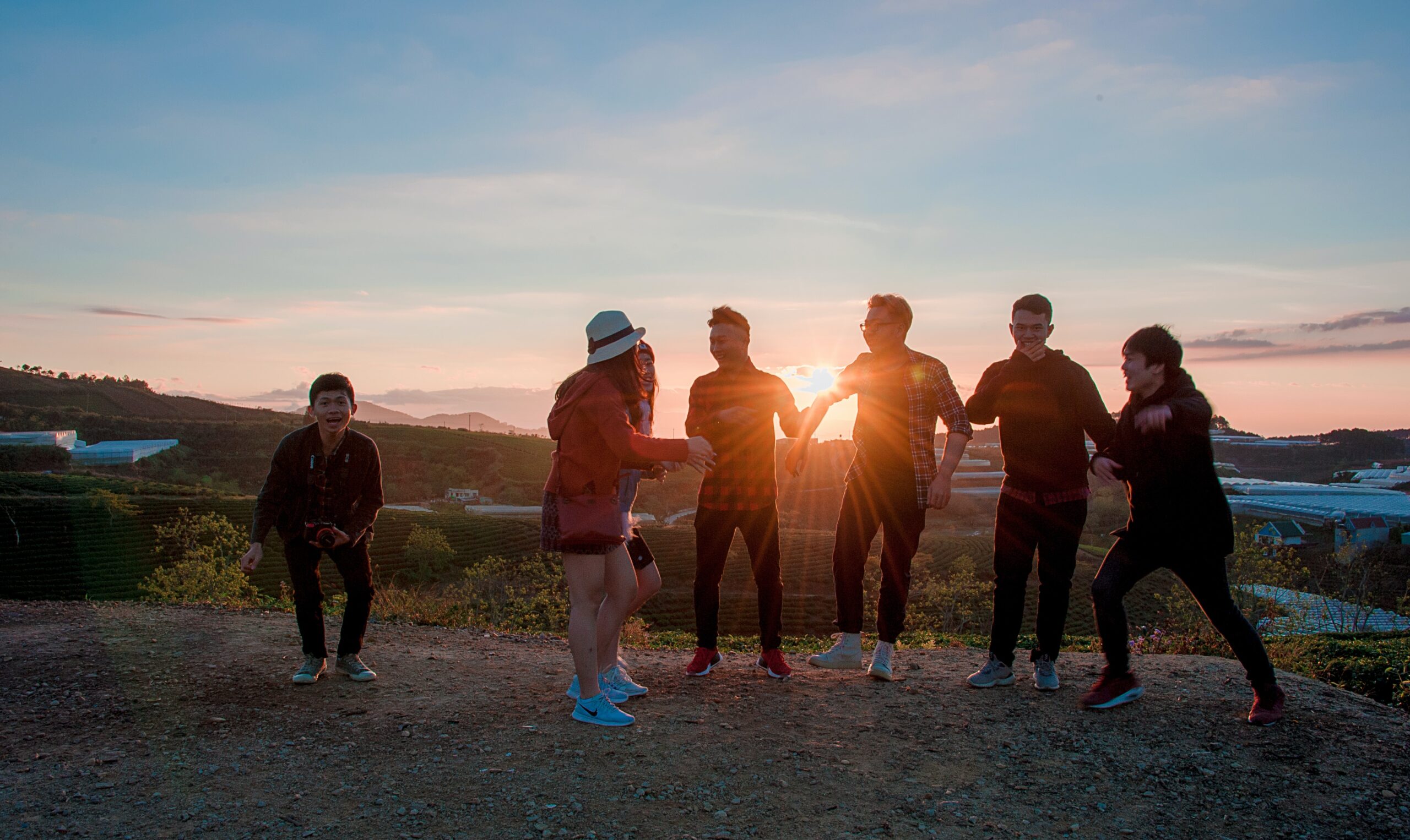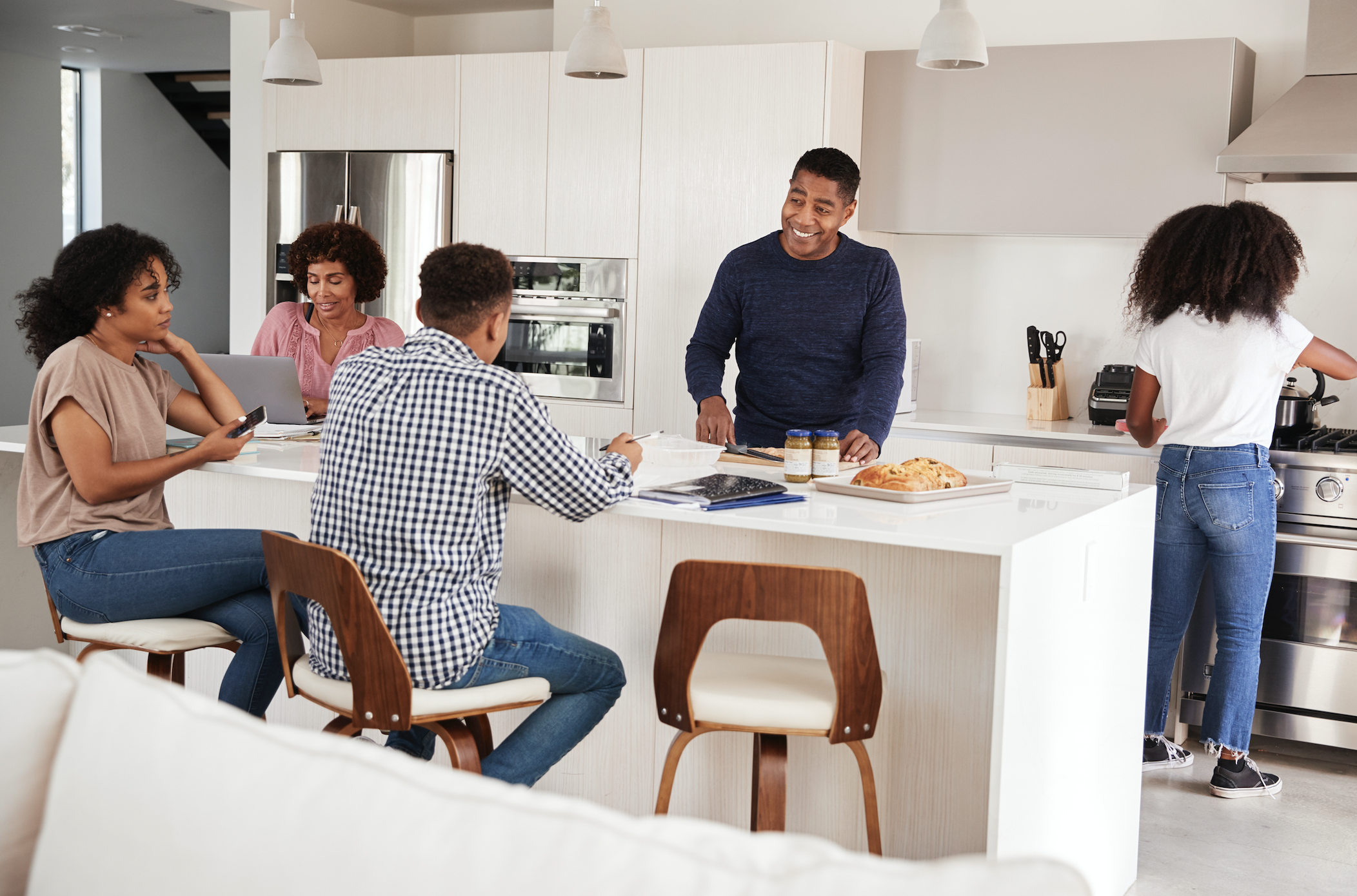
Five Brilliant Leadership Lessons From the Protests in Louisville
One of the most moving stories emerging from the protests against police brutality, and on behalf of George Floyd (and others) who’ve been victims of racists cops, was a story out of the protests in Louisville, Kentucky in response to the killing of Breonna Taylor.
Officer Galen Hinshaw heard the call over his radio that one of his fellow officers was in trouble. The protests that night were especially heated, even violent. As Hinshaw drove closer to the scene and got out, he was immediately surrounded by protesters. Many were yelling profanities and others just chanted and shook their fists. While Hinshaw was wearing safety gear, he was outnumbered by this large, angry crowd. In fact, the protesting crowd seemed to be implementing a plan—approach officers while yelling and chanting, get them to back up, separate them from their colleagues, and then attack.
In this moment, Galen Hinshaw found himself alone.
Hinshaw’s nearest help was still blocks away. Three realities made him vulnerable:
- He was a police officer, the current “bad guys.”
- He had white skin.
- He had no fellow officers nearby.
He described the scenario later, “Here we go, I thought. I’m preparing to be injured.” He radioed in, “Charlie 12, this is a 10-30,” which is code for an officer needing help.
And then, something unexplainable happened.
It was at this moment a man in a red mask emerged from the crowd and put himself between the nearest protester and Officer Hinshaw. A second later, Darrin Lee, Jr., a local childcare center owner, spotted Hinshaw and quickly moved in. He had been a protester, too. When some from the crowd saw Lee do this, they turned on him. “How can you protect him?” they yelled. Lee got nervous. But then, others saw what these two guys were doing and knew they needed help. Ultimately, five men formed a shield to protect Officer Hinshaw. All of them strangers to one another. Three were black, one white and one Dominican.
Hinshaw was later moved to tears as he thought about what happened.

Photo via Courier-Journal
Five Leaders and Five Lessons
There were at least five leadership lessons we can learn from this serendipitous act that night:
1. The five men were strangers but perceived a common cause.
I am moved by the fact that the five men who locked arms that night didn’t even know each other, and they represented three ethnicities, African American, Caucasian, and Latin American. One of them wondered if Hinshaw would panic and strike them from behind, not knowing what they were doing, so he looked back at the officer and assured him, “We’re here to protect you.” It was an unknown and uncertain context in which they found themselves in, and yet they all had one thought in common—we have to protect this vulnerable person.
2. The five men were spontaneous but organized quickly.
It started with one person seeing another person in trouble. A black man in a red Louisville Cardinal mask. “Once I saw the guy in the mask step up, I said, ‘I gotta step up,’” another replied. “It was reactive,” they agreed. Julian De La Cruz, one of the men shielding Hinshaw shook his head and explain it shouldn’t have been an extraordinary event. “This should be the norm. What happened that night with us linking arms was just one of many heroic acts.” All of them agreed. The night was full of people attempting to model what was right.
3. The five men agreed that the issue was accountability.
Julian De La Cruz, explained, “If I can hold my brothers accountable, if I can march with my brothers and turn against them to say, ‘This isn’t right,’ that’s where the accountability comes in.” In other words, they were still for the protest but wanted to handle it all in the right way. Two wrongs don’t make a right. “What we need is for those great cops to hold their brothers and sisters accountable at all times,” De La Cruz added. Our society achieves something incredible when we are all accountable to each other.
4. The five men were on a mission but adapted to a new need.
The biggest need changed from protesting to protecting. “I really thought at that moment, ‘Protect him. It really isn’t his fault,'” Darrin Lee said. Another said when he spotted people throwing rocks and he saw Hinshaw he reacted, “Whoa, you’re by yourself?” It was then he joined in. And when he joined, he shouted, ‘Lock arms!’” It all came together as if it had been planned. Yet what made it work was not a prior plan but people quickly spotting the best way to respond to the need of the hour.
5. The five men were different but saw a bigger picture.
The topic of race quickly morphed into a larger issue, not about the black race or white race, but about the human race. “A human was in trouble that night, and right is right,” said Ricky McClellan, a factory worker who was one of the protectors said. I’m certain those men must have felt: this guy was our perceived enemy, but now he’s in trouble. He needs our help. “He’s somebody else’s son. He’s somebody else’s loved one,” Lee explained. That’s the bigger perspective. Society makes progress when we see our commonalities clearer than our differences.
When the crowd eventually backed away, Lee escorted Officer Hinshaw back to his car. “Those guys saved me, “Hinshaw said. “There’s no doubt about it. And I am beyond thankful. If it wasn’t for them intervening and recognizing I was in trouble and helping me, I am sure that I would’ve been assaulted in one form or another.” He has reached out to the men through social media and texts, and he’s looking forward to meeting them all and thanking them in person.
Hinshaw later acknowledged, “I cried over the incident.”
When these protests are over one day, may we have better police and may we have better citizens across our country, leaders who model the way for others, just like these guys.






